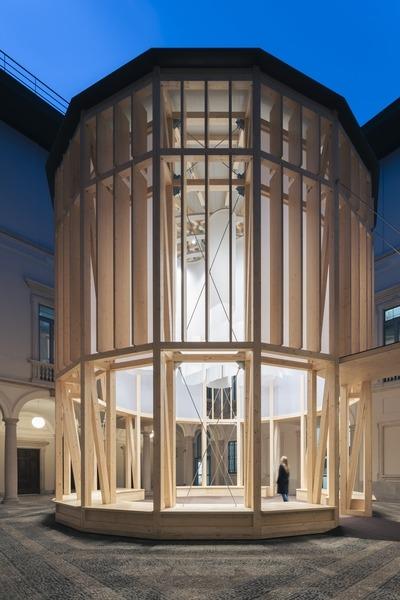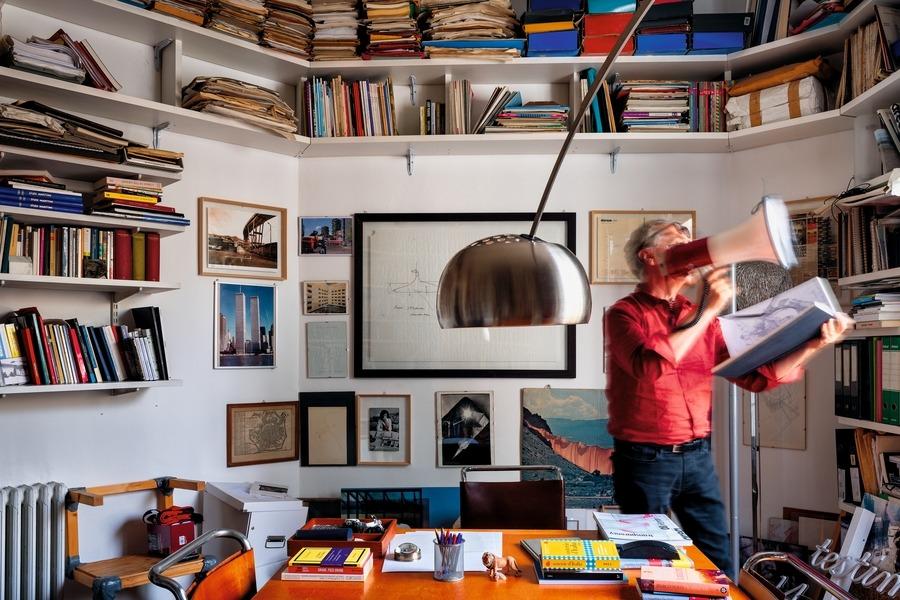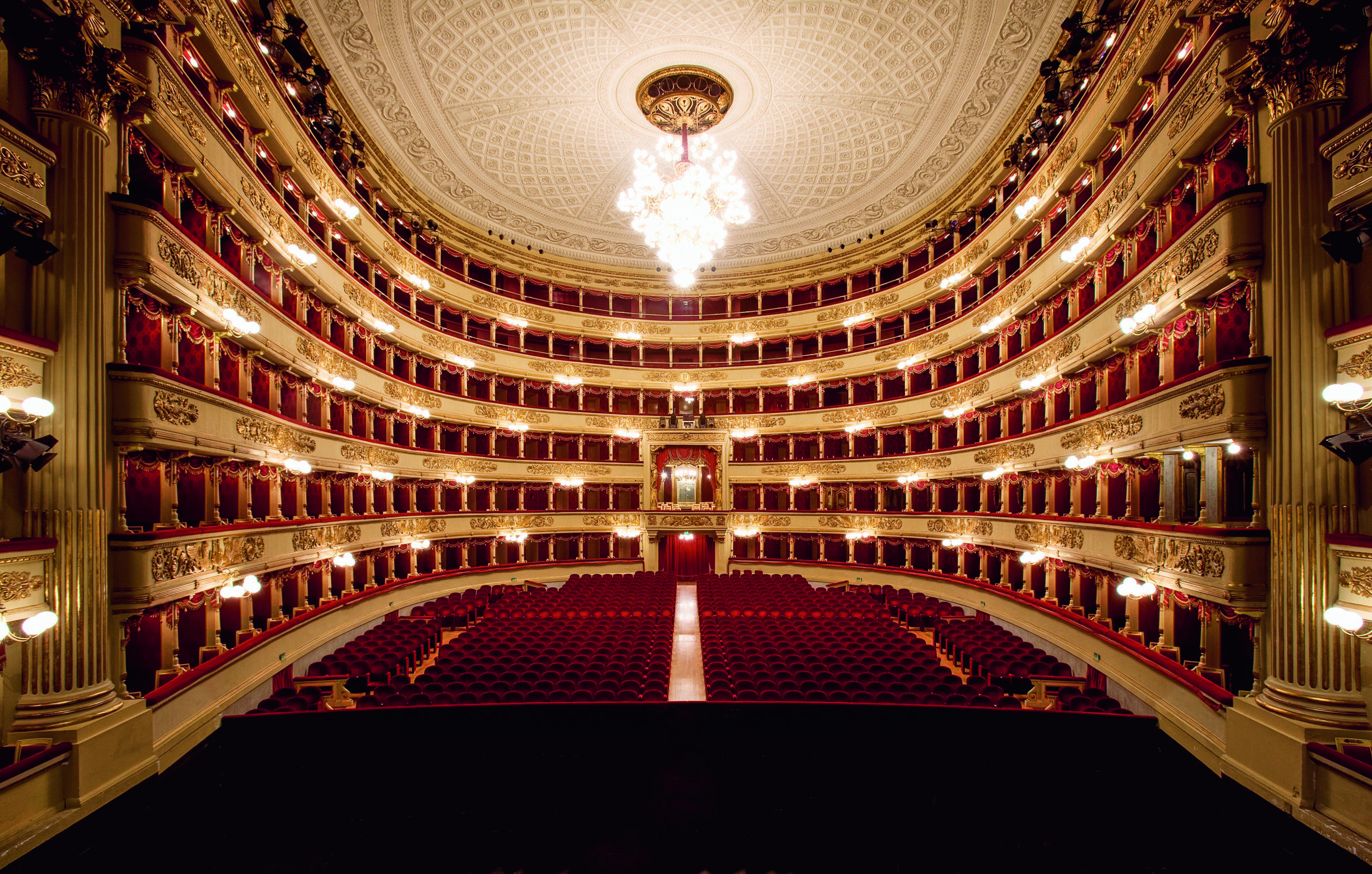The opening of Palazzo Citterio and the expansion of the Pinacoteca have given concrete substance to the Grande Brera project. Director Angelo Crespi guided us through the rooms of a wonderful building
Fifty-two years later, the Grande Brera project imagined by the then director of the Pinacoteca di Brera, Franco Russoli, has turned into reality. As of 8 December 2024, in fact, the public can visit Palazzo Citterio, which is the result of the expansion of the Pinacoteca. There are over two hundred works from the Jesi and Vitali collections, two exhibitions and a glimpse into contemporary digital art. Here is what Angelo Crespi, general director of the Pinacoteca di Brera, Palazzo Citterio and the Biblioteca Braidense, told us.
La Grande Brera has turned into reality. With the opening of Palazzo Citterio and the expansion of the Pinacoteca, what pieces are added to the identity of this historic Milanese institution? And how is its role in the city’s cultural scene being reinforced?
La Grande Brera project makes it possible to represent the Brera complex in a unitary way, involving, from the perspective of communication, all its institutions ‒ from the Pinacoteca to the Biblioteca Nazionale Braidense ‒, now extending as far as Palazzo Citterio and including the Accademia di Brera, the Orto Botanico, the Osservatorio Astronomico and the Istituto Lombardo. This makes Italian and foreign visitors realise that they are in an extraordinary place, unique in the world, where culture, research, innovation, conservation and information have been produced for at least two centuries. A place where, moreover, one can enjoy the beauty and significance not only of the works inside the museum, but more generally of the multiplicity of functions therein.
Can you tell us what criteria have guided the development of Palazzo Citterio’s displays? And how do they enhance not only the Jesi and Vitali collections, displayed on the piano nobile, but also the display of temporary exhibitions?
The criteria that have guided the Palazzo Citterio’s displays concern the fact that the building is first and foremost a palazzo and secondarily an extension of the Pinacoteca, not a separate, autonomous museum. The choice of the name Palazzo Citterio ‒ about which there has been much debate ‒ stems from the idea that the term “palazzo” contains all the best aspirations of Italian culture, from the 16th century to the time when Palazzo Citterio was built. Thus, the criteria behind the display of the great Jesi and Vitali collections on the piano nobile express the desire to restore the beauty of an eighteenth-century aristocratic residence, later inhabited by a family of entrepreneurs. In fact, the layout evokes very familiar atmospheres, giving the visitor the feeling of actually entering a residence with the characteristics of the time. On the contrary, a much more contemporary aspect has been preferred in the sopralzo by Ortelli and Sianesi and in the hypogeal room called Sala Stirling. Two completely different sets ‒ between the first floor, the second floor and the hypogeum ‒ make a visit to the building truly special and distinguish its beauty from that of similar institutions or buildings.
Refik Anadol’s digital installation greets the public at the entrance to Palazzo Citterio. What are the reasons for this choice? Will you host other artistic interventions of this kind in the future?
Thanks to the installation of a large ledwall at the museum entrance, we thought we would also offer our visitors a taste of digital art. However, this was not a random choice, as the Pinacoteca di Brera also has a responsibility for the forthcoming National Museum of Digital Art in Milan. So, at a time when the future museum still has to be set up, we liked the idea of also starting to be interested in digital art with an artist such as Refik Anadol, who is already recognised worldwide and the author of an equally beautiful installation at the entrance to the MoMA in New York. The work we host is a part of Renaissance Dreams, the immersive installation on permanent display in the spaces of the MEET Digital Culture Center in Milan. An intervention that reconstructs, through digital art and Artificial Intelligence, the great season of the Italian Renaissance.
In the very near future, Brera’s exploration of the world of digital will continue and thus, every two or three months, we will host exhibitions by digital artists, starting with Masbedo, the protagonists of the second show. All this allows us to start exploring the vast world of digital, which is rapidly evolving, and also to make agreements with other institutions that deal with this specific sector on an international level.
Can you briefly describe the contents and intentions of the three exhibitions at Palazzo Citterio?
In addition to Refik Anadol’s exhibition, the other two exhibitions are respectively on the second floor and in the hypogeum. La Grande Brera. A community of arts and sciences, curated by the architectural historian Luca Molinari, recounts, on the one hand, the history of Brera from a chronological and architectural point of view and, on the other, the story of the communities that have coexisted, and still coexist, in this institution. Through the faces of the people who have made Brera great, we speak of Brera in a social perspective.
Mario Ceroli’s exhibition in the hypogeum is a tribute to one of the great masters of Italian art, now 86 years old. An artist who prefigured Arte Povera and participated in the season of Italian Pop Art, and who this time gives us a site-specific installation in which his symbolic and imaginative skill can still be recognised. A forest of pine trees filled Stirling’s late-brutalist concrete hypogeal hall with meaning, giving shape to a contrast that perfectly exemplifies contemporary art’s capacity to create new senses within senses that have already occurred.
Interview by Arianna Testino
https://palazzocitterio.org/


Related Articles











